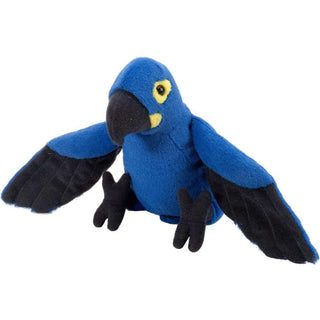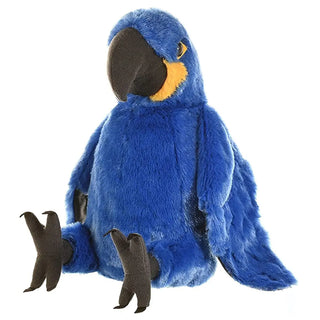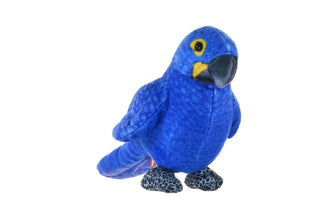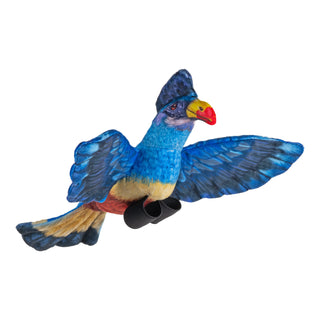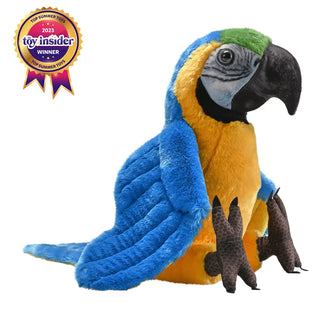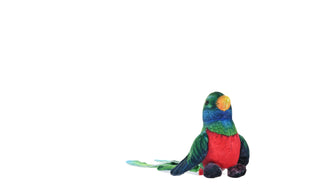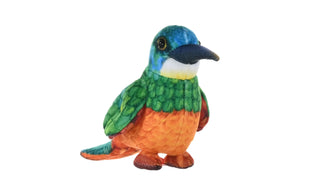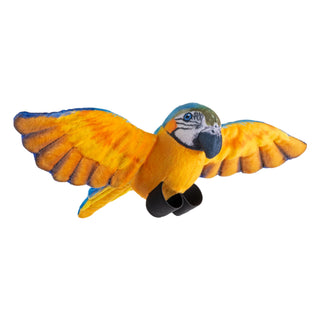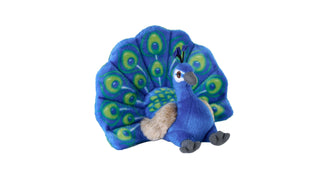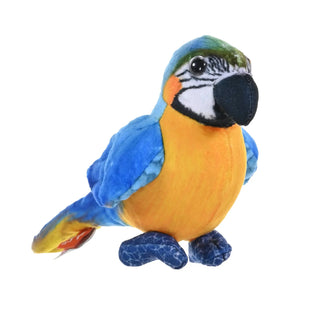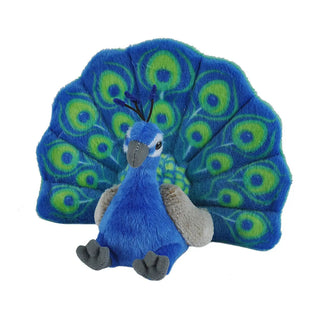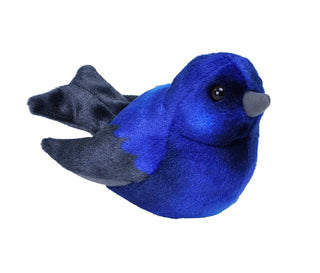Your Search For "hyacinth macaw" Revealed The Following:
Filter
Active Filters
Hyacinth Macaw Stuffed Animal - 8"
$12.99
- Unit price
- / per
INCLUDES:
- Age:0+
- AnimalType:Hyacinth Macaw
- Brand:Cuddlekins
- Gender:Boy
- Gender:Girl
- Hyacinth Macaw
- Size:8"
$12.99
- Unit price
- / per
Hyacinth Macaw Stuffed Animal - 12"
$22.99
- Unit price
- / per
INCLUDES:
- Age:0+
- AnimalType:Hyacinth Macaw
- Brand:Cuddlekins
- Gender:Boy
- Gender:Girl
- Hyacinth Macaw
- Size:12"
$22.99
- Unit price
- / per
Rainforest Birds Hyacinth Macaw Stuffed Animal - 4.5"
$8.99
- Unit price
- / per
INCLUDES:
- Age:0+
- Brand:Rainforest Birds
- Gender:Boy
- Gender:Girl
- Size:4.5"
$8.99
- Unit price
- / per
Rainforest Birds Great Blue Turaco Stuffed Animal - 4.5"
$8.99
- Unit price
- / per
INCLUDES:
- Age:0+
- Brand:Rainforest Birds
- Gender:Boy
- Gender:Girl
- Size:4.5"
$8.99
- Unit price
- / per
Artist Collection - Blue Yellow Macaw
$43.99
- Unit price
- / per
INCLUDES:
- Age:0+
- Brand:Artist Collection
- Gender:Boy
- Gender:Girl
- Size:15"
$43.99
- Unit price
- / per
Rainforest Birds Quetzal Stuffed Animal - 4.5"
$8.99
- Unit price
- / per
INCLUDES:
- Age:0+
- Brand:Rainforest Birds
- Gender:Boy
- Gender:Girl
- Size:4.5"
$8.99
- Unit price
- / per
Rainforest Birds Jacamar Stuffed Animal - 4.5"
$8.99
- Unit price
- / per
INCLUDES:
- Age:0+
- Brand:Rainforest Birds
- Gender:Boy
- Gender:Girl
- Size:4.5"
$8.99
- Unit price
- / per
Rainforest Birds Blue And Yellow Macaw Stuffed Animal - 4.5"
$12.99
- Unit price
- / per
INCLUDES:
- Age:0+
- Brand:Rainforest Birds
- Gender:Boy
- Gender:Girl
- Size:4.5"
$12.99
- Unit price
- / per
Cuddlekins Eco Peacock Stuffed Animal - 8"
$14.99
- Unit price
- / per
INCLUDES:
- Age:0+
- Brand:Cuddlekins Eco
- Features:Eco
- Gender:Boy
- Gender:Girl
- Size:8"
$14.99
- Unit price
- / per
Rainforest Birds Blue & Yellow Macaw Stuffed Animal - 4.5"
$8.99
- Unit price
- / per
INCLUDES:
- Age:0+
- Brand:Rainforest Birds
- Gender:Boy
- Gender:Girl
- Size:4.5"
$8.99
- Unit price
- / per
Peacock Stuffed Animal - 8"
$12.99
- Unit price
- / per
INCLUDES:
- Age:0+
- AnimalType:Peacock
- Brand:Cuddlekins
- Gender:Boy
- Gender:Girl
- Peacock
- Size:8"
$12.99
- Unit price
- / per
Audubon II Purple Martin Stuffed Animal with Sound - 5"
$12.99
- Unit price
- / per
INCLUDES:
- Age:0+
- AnimalType:Purple Martin
- Brand:Audubon Birds
- Features:With Sound
- Gender:Boy
- Gender:Girl
- Purple Martin
- Size:5"
$12.99
- Unit price
- / per
You're viewing 1-12 of 12 results

